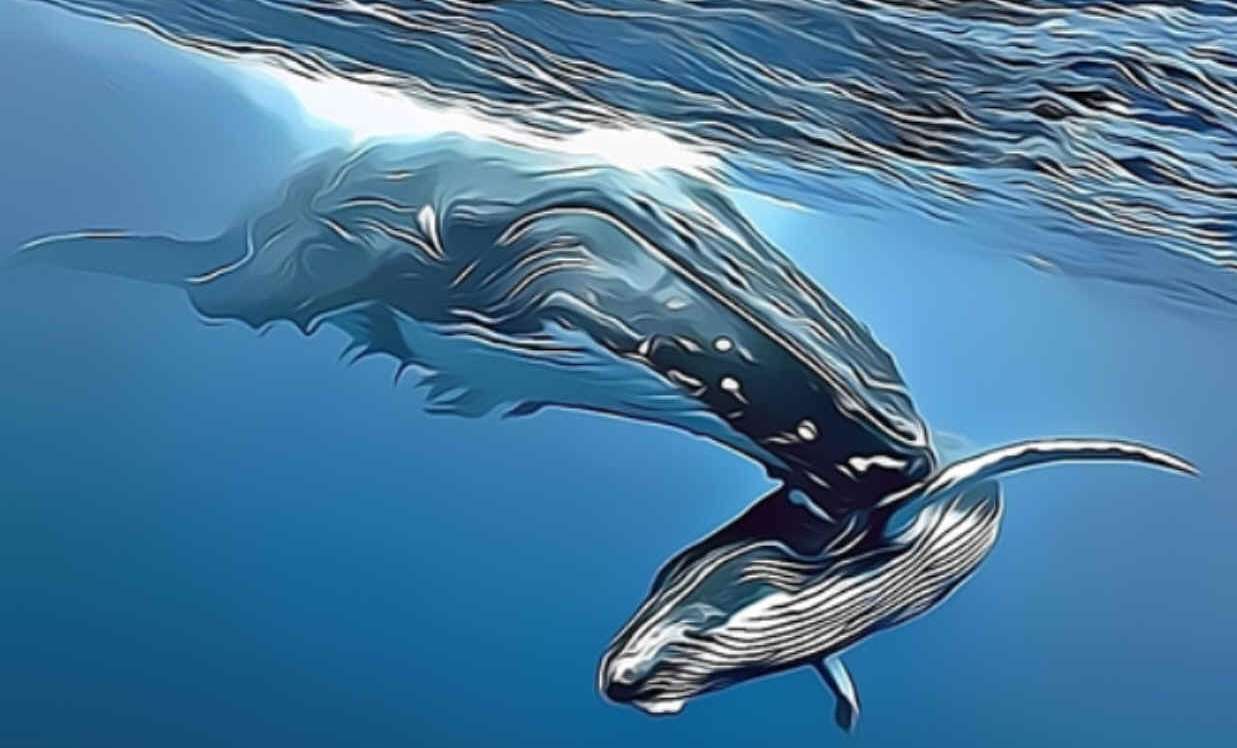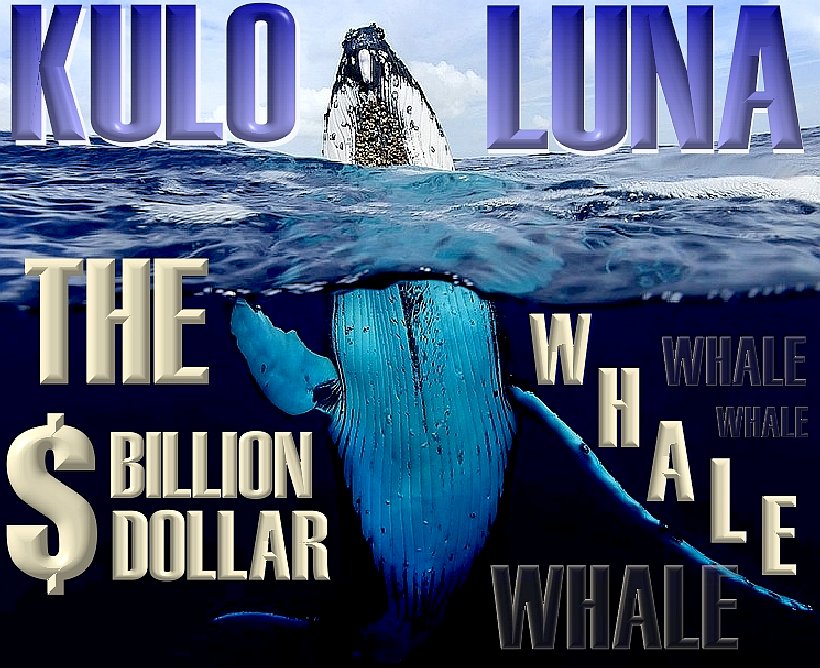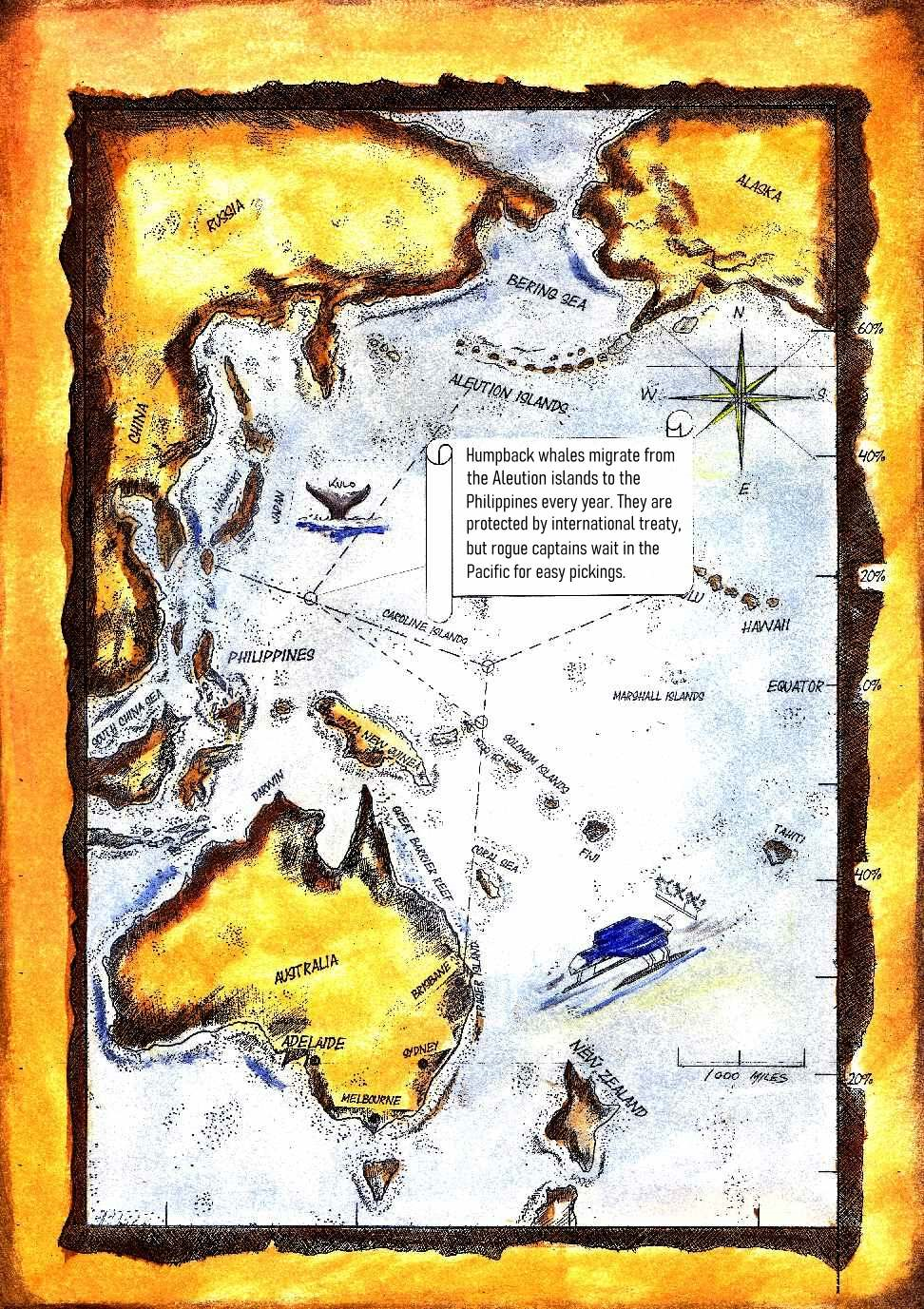|
KUNA
Please use our A-Z INDEX to navigate this site, or swim HOME
|
||||||||||||||||||||||||||||||||||||||||||||||||||||||||||||||||||||||||||||||
John Storm works with Shui Razor to cut Kuna free of discarded fishing nets - where the baby calf is in danger of drowning. Up until this event, the two men have been deadly adversaries. Having saved the baby humpback, Shui and John become good friends. Even Kulo-Luna, who has sunk two of ShUi Razor's whaling ships, shows her affection and gratitude, to the Japanese rescuer. All is forgiven.
'Kuna' is the daughter of 'Kulo Luna.' The baby was carried by the giant humpback whale during the sinking of the Suzy Wong, and the struggle for survival, following wounding by the harpoon of Shui Razor.
Having been rescued by John Storm and his crew, Kulo Luna gives birth to 'Kuna'. The inquisitive calf get caught in nets in a marina. Unable to breathe properly and sinking with the weight of the ghost netting, Kuna is doomed, until rescued by the most unlikely person to render assistance: Shui Razor.
Incredible!
Also incredibly, Shui is working with John Storm, together - to free the drowning baby whale. The enemies now allied in a common cause.
Having rescued Kuna, Kulo Luna thanks Shui Razor and John Storm, in a touching display of appreciation and affection. Rarely seen in the natural world.
Kulo Luna and her small friend Kana, play in the Arctic water off the Aleutian Islands, before their fateful migratory swim.
THE DANGERS OF SINGLE USE PLASTIC & CHEMICAL DISCHARGES
Single use plastic bags and sheeting can fill a whale's stomach, twist into their intestines and completely block their digestive system.
Toxins attached to plastics, bio-accumulate as smaller animals ingest the particles, and pass a concentrated dose of poison up the food chain.
The digestive systems of whales consists of an esophagus, a compartmentalized stomach (similar to that of ruminants like cows) and an intestine. Prey that is ingested by the thousands in baleen whales, are not chewed but rather swallowed whole. They then pass into the esophagus, where they are pushed toward the expandable stomach.
The esophagus of the blue whale, even if it takes in 2-3 tonnes of krill a day, measures just 15 to 25 cm long when fully extended. The food then reaches the first stomach compartment, the rumen. Pre-digested food is stored there. This compartment breaks down the food by muscular movements called peristalsis.
The ground mix is then directed toward the main stomach (or cardiac stomach), where glands produce acid and enzymes used to digest the food (hydrochloric acid, pepsin). The journey continues through a narrow channel before finally reaching the last stomach compartment, the pylorus. It is the combined actions of these different compartments that allow whales to digest the chitin in the exoskeletons of krill and prey swallowed whole.
As cetaceans have no gall bladder, it is the liver that provides the bile needed for digestion. Cetaceans have the largest livers of all mammals.
The adventures of John Storm and the Elizabeth Swann. John Storm is an ocean adventurer and conservationist. The Elizabeth Swann is a fast solar powered boat. During a race around the world, news of the sinking of a pirate whaling ship reaches John Storm and his mate Dan Hawk. They decide to abandon the race and try and save the whale.
....
Please use our A-Z INDEX to navigate this site
|
||||||||||||||||||||||||||||||||||||||||||||||||||||||||||||||||||||||||||||||
|
This website is Copyright © 2025 Cleaner Ocean Foundation Ltd and Jameson Hunter Ltd
|


